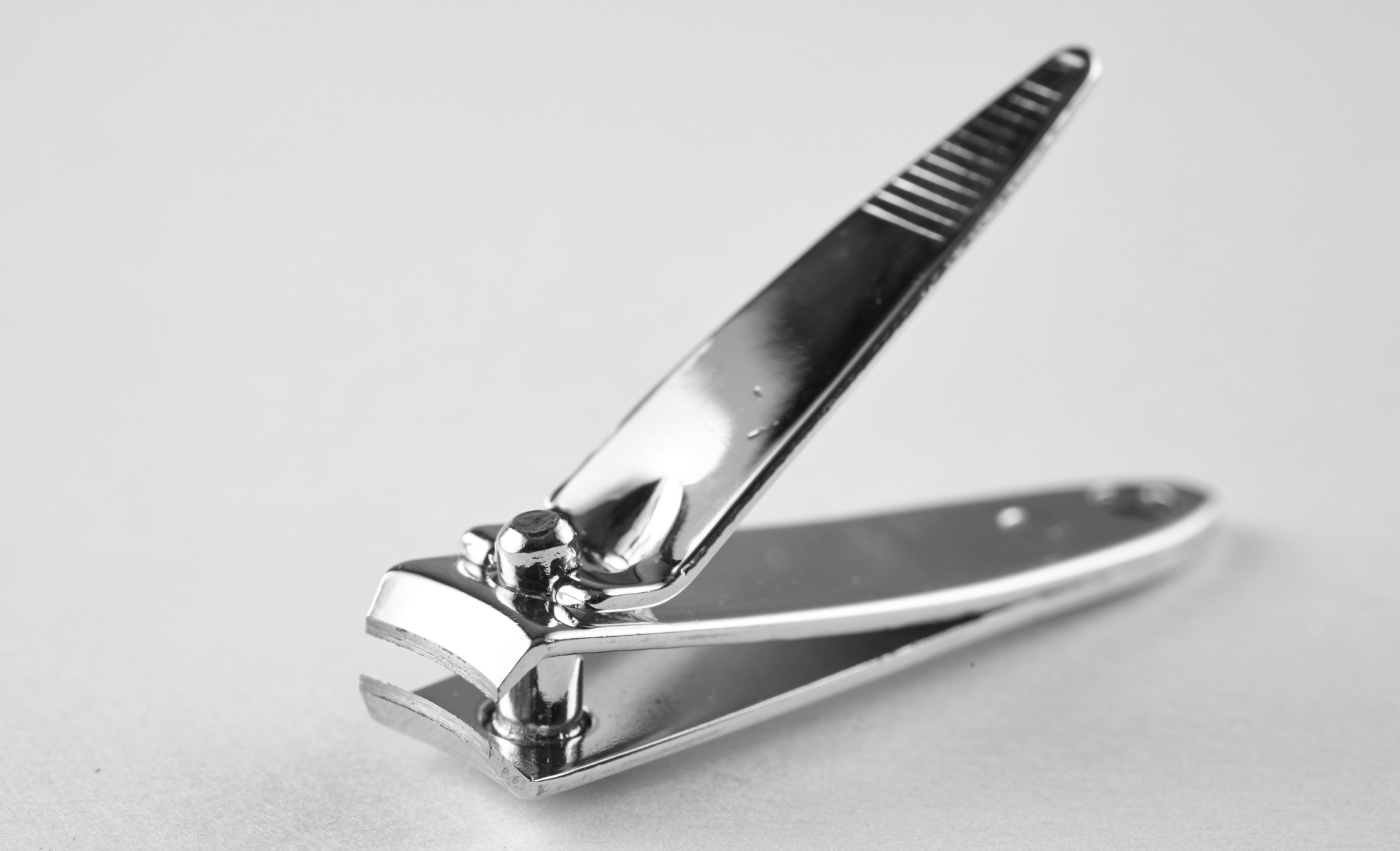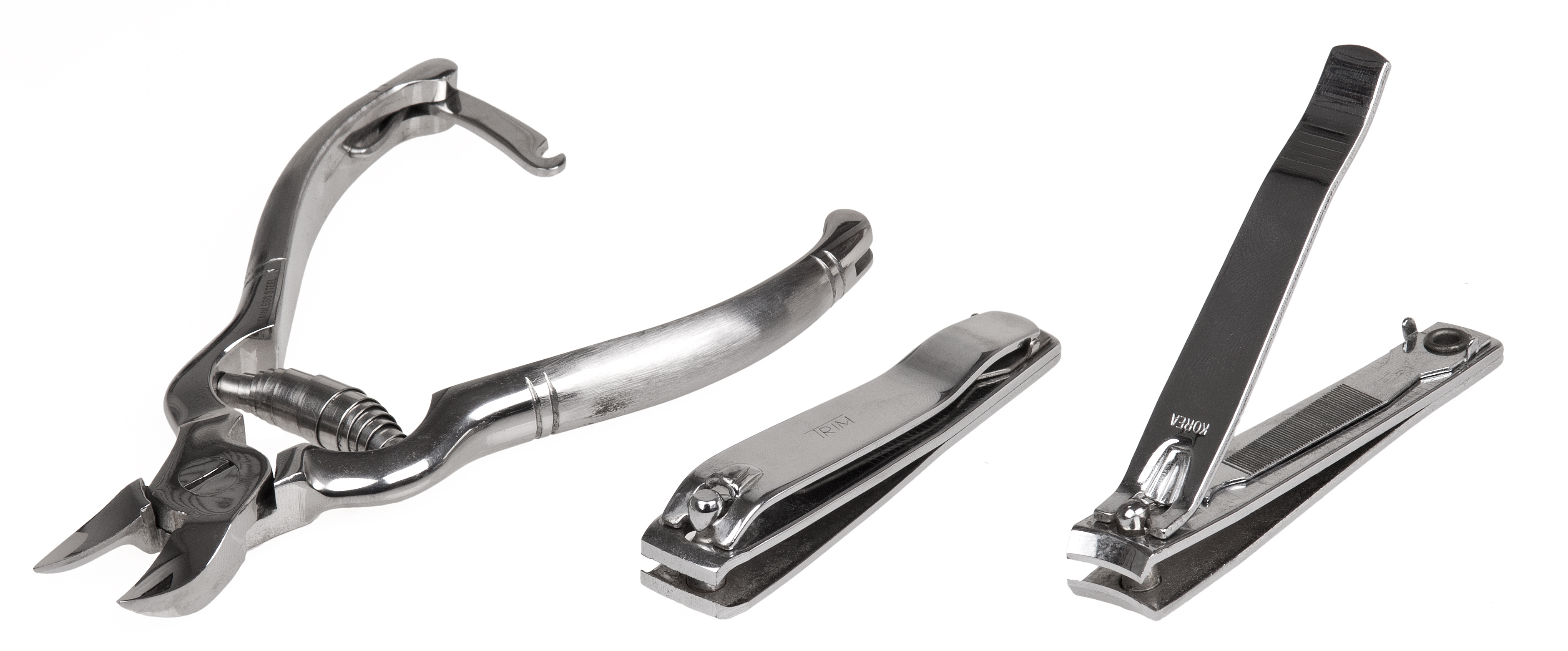Introduction

Introduction: Nail cutting tools have been an essential part of personal hygiene for centuries. From ancient civilizations to modern times, these tools have played a crucial role in maintaining clean and well-groomed nails. The curiosity surrounding the inventor of the nail cutter has sparked much speculation and debate. While the exact origins of the nail cutter remain unknown, historical evidence suggests that different cultures and civilizations have contributed to its development over time. This article explores the ancient origins of nail cutting practices, the influence of East Asian cultures, the innovations in Europe, and the evolution of modern nail cutters.
The Importance Of Nail Cutting Tools In Personal Hygiene
Nail cutting tools have been vital in maintaining personal hygiene for centuries. Keeping nails trimmed and clean is essential to prevent the buildup of dirt, bacteria, and other microorganisms. Long nails can harbor germs and increase the risk of infections. Regular nail cutting also helps in reducing the chances of accidental scratches and injuries. Utilizing proper nail cutting tools ensures precise and efficient trimming, promoting healthy nail growth. Maintaining well-groomed nails contributes to an overall polished appearance, boosting self-confidence and promoting good hygiene practices.
The Curiosity Surrounding The Inventor Of Nail Cutters
The origins of nail cutters have sparked curiosity and debate among historians and inventors alike. While the exact inventor of the nail cutter remains unknown, there have been several patents and designs attributed to different individuals throughout history. The lack of clear documentation and the centuries-long existence of nail cutting practices in various cultures make it challenging to pinpoint a single inventor. Despite the uncertainty, the invention and evolution of nail cutters continue to be a fascinating topic, fueling ongoing research and speculation in the quest to discover the true originator of these essential personal grooming tools.
Ancient Origins

Ancient Origins: The practice of nail cutting has ancient roots, dating back to early civilizations around the world. In ancient times, humans employed various methods to cut their nails due to the absence of modern nail grooming tools. These methods included using primitive tools like sharp stones, animal bones, or even biting their nails. In ancient Egypt, nail care was highly valued, with evidence of manicure sets and metal tools used for trimming nails. The ancient Egyptians believed that well-groomed nails were a sign of status and beauty. This early focus on nail care set the stage for the development of more sophisticated nail cutting tools in later civilizations.
Early Nail Cutting Practices In Ancient Civilizations
In early civilizations, people employed various methods to cut their nails, as modern nail grooming tools were not yet available. Archaeological evidence suggests that ancient civilizations used primitive tools such as sharp stones, animal bones, or even their teeth to trim their nails. These early methods were not only for practical purposes but also for cultural and aesthetic reasons. For example, in ancient Egypt, well-groomed nails were seen as a sign of beauty and status. These early nail cutting practices laid the foundation for the development of more sophisticated nail grooming tools in later civilizations.
The Evolution Of Nail Cutting Tools In Ancient Egypt
In ancient Egypt, nail cutting tools continued to evolve and become more sophisticated. Archaeological evidence suggests that Egyptians used a variety of implements, including small knives or blades, to trim their nails. However, the most significant advancement came with the invention of the bronze nail clipper, which featured a lever mechanism that made nail trimming easier and more precise. These nail clippers were often decorated with intricate designs and motifs, indicating their importance not just as practical tools but also as symbols of beauty and status. The development of nail cutting tools in ancient Egypt laid the foundation for the modern nail clipper that we use today.
East Asian Influences

The early nail cutting methods in ancient China can be traced back to the use of small knives or blades to trim the nails. It wasn’t until the Tang Dynasty in the 7th century that nail clippers made their appearance in China. These early nail clippers were made of bronze or iron and had a lever mechanism similar to the ones used in ancient Egypt. In ancient Japan, nail care was considered a part of personal grooming and a symbol of social status. The samurai, in particular, paid great attention to the cleanliness and appearance of their nails. Tools such as nail files and cuticle pushers were commonly used in Japan to maintain proper nail hygiene. The nail cutting practices in East Asia significantly influenced the development of nail care tools and contributed to their popularity across the region.
The Early Nail Cutting Methods In Ancient China
In ancient China, people used small knives or blades to trim their nails. This practice can be traced back to ancient times. However, it was during the Tang Dynasty in the 7th century that nail clippers made their appearance in China. These early nail clippers were typically made of bronze or iron and featured a lever mechanism similar to the ones used in ancient Egypt. The influence of these early nail cutting methods in East Asia significantly contributed to the development and popularity of nail care tools in the region.
The Role Of Nail Care In Ancient Japan
In ancient Japan, nail care played a significant role in personal grooming, particularly among the aristocracy during the Heian period. The noble class considered well-maintained nails to be a symbol of refinement and elegance. Women adorned their nails with elaborate nail art using a technique called “ohaguro,” where they blackened their teeth and nails to enhance their beauty. They used small knives or files to shape and maintain their nails, valuing the appearance of long, well-groomed nails as a reflection of their social status and sophistication. The emphasis on nail care in ancient Japan highlights the importance of aesthetics and grooming in their culture.
European Innovations

During the 18th century, Europe saw significant advancements in nail cutting tools. It was during this time that the first nail clippers as we know them today were developed. A Frenchman named Louis C. Thebault is often credited with inventing the first lever-operated nail clippers in 1881. These clippers revolutionized the industry, allowing for a more efficient and precise way of trimming nails. Additionally, during the Victorian era, grooming practices became increasingly popular, and nail cutting tools became more ornate and decorative, reflecting the cultural emphasis on elegance and refinement. The European innovations in nail cutting tools have greatly influenced modern designs and continue to be used widely today.
source:
The Development Of Nail Clippers In Europe During The 18th Century
During the 18th century, Europe saw significant advancements in nail cutting tools. It was during this time that the first nail clippers as we know them today were developed. A Frenchman named Louis C. Thebault is often credited with inventing the first lever-operated nail clippers in 1881. These clippers revolutionized the industry, allowing for a more efficient and precise way of trimming nails. Additionally, during the Victorian era, grooming practices became increasingly popular, and nail cutting tools became more ornate and decorative, reflecting the cultural emphasis on elegance and refinement. The European innovations in nail cutting tools have greatly influenced modern designs and continue to be used widely today.
source:
The Influence Of Victorian Grooming Practices On Nail Cutting Tools
During the Victorian era, grooming practices became increasingly popular and nail care was no exception. Nail cutting tools, such as nail clippers, experienced changes in design and functionality to align with the cultural emphasis on elegance and refinement. The ornate and decorative handles of nail clippers reflected the Victorian aesthetic and the desire for status symbols in personal care items. Additionally, the rise of social etiquette and the importance of proper grooming led to an increased demand for nail cutting tools. The Victorian era greatly influenced the design and use of nail clippers, shaping their evolution into the modern tools we use today.
Source:
Modern Nail Cutters

The modern nail cutter has revolutionized the way we trim our nails. Around 1875, patents for the first designs of the modern nail clipper began to appear. One of the earliest designs resembled a circular nail file rather than a clipper. However, it wasn’t until the late 19th century that inventors Eugene Heim and Oelestin Matz were granted a patent for a nail clipper that closely resembled modern designs. Since then, nail clippers have undergone further refinement and improvement, leading to the introduction of electric nail clippers, which have made nail care even more convenient. The modern nail cutters have become an essential tool for personal grooming.
The Invention And Evolution Of The Modern Nail Clipper
The modern nail clipper was first patented in the late 19th century by inventors Eugene Heim and Oelestin Matz. Their design closely resembled the modern nail clippers that we use today. With its efficient cutting mechanism, the nail clipper quickly became a popular tool for personal grooming. Over time, nail clippers underwent further refinement and improvements to enhance their effectiveness and convenience. Electric nail clippers were later introduced, making nail care even easier. The invention and evolution of the modern nail clipper have revolutionized the way we trim our nails and have become an essential tool for personal hygiene and grooming.
The Introduction Of Electric Nail Clippers
Electric nail clippers revolutionized nail care by providing a convenient and efficient way to trim nails. These devices are powered by electricity and feature a rotating or oscillating mechanism that effortlessly cuts through the nails. Electric nail clippers are designed to be gentle on the nails and offer precise cutting control. With their advanced features and ease of use, they have become a popular tool for both personal grooming and professional nail salons. Electric nail clippers have further enhanced the nail trimming experience, making it faster and more convenient than ever before.
Conclusion

In conclusion, the invention of nail cutting tools has played a crucial role in personal hygiene and grooming practices throughout history. From ancient civilizations to modern times, nail clippers have evolved from rudimentary tools to technologically advanced instruments like electric nail clippers. These tools have made nail trimming faster, more convenient, and precise, greatly enhancing the overall nail care experience. Despite the ongoing quest to discover the true inventor of nail cutters, their impact on personal grooming habits remains undeniable. Nail clippers continue to be an essential tool for maintaining neat and well-groomed nails.
The Impact Of Nail Cutting Tools On Personal Grooming Habits
The invention of nail cutting tools has had a significant impact on personal grooming habits. These tools have made nail trimming faster, more convenient, and precise, greatly enhancing the overall nail care experience. From ancient civilizations to modern times, nail clippers have become an essential tool for maintaining neat and well-groomed nails. They have revolutionized the way people take care of their nails, making it easier to achieve a clean and polished look. Nail cutting tools have become a staple in personal hygiene routines, ensuring that nails are kept in good condition and promoting overall cleanliness.
The Ongoing Quest To Discover The True Inventor Of Nail Cutters
The true origins of nail cutters and the identity of their inventor continue to elude researchers and historians. Despite numerous claims and theories, the exact person or civilization responsible for the initial creation of nail cutting tools remains a mystery. Different cultures throughout history have embraced various methods and tools for nail maintenance, making it difficult to pinpoint a single inventor. With ongoing historical research and advancements in technology, the quest to uncover the true origin of nail cutters continues, adding to the intrigue and fascination surrounding these everyday tools.
Frequently Asked Questions About the Invention of the Nail Cutter
Q: Who invented the nail cutter?
A: The exact origins of the nail cutter are uncertain, as it is difficult to determine the exact inventor. However, the invention of the modern nail cutter is commonly attributed to several individuals.
Q: When was the nail cutter invented?
A: The nail cutter as we know it today was invented in the 19th century. However, various forms of nail trimmers have been used for grooming purposes across different cultures for centuries.
Q: What did early nail cutters look like?
A: Early nail cutters varied in design. Some resembled small shears with curved blades, while others had more of a scissor-like shape. These early nail cutters were often made from materials like iron or steel.
Q: Who is credited with inventing the first nail clipper?
A: The first patent for a nail clipper was granted to a man named Valentine Fogerty in 1875. His design resembled the modern nail clipper, with its characteristic lever action.
Q: Were there any earlier versions of nail cutters?
A: Yes, before Valentine Fogerty’s patent, various nail cutting tools existed. For example, nail scissors and nail nippers were commonly used. These devices required manual effort and were not as efficient as the nail clipper.
Q: How did the invention of the nail clipper impact personal grooming practices?
A: The invention of the nail clipper revolutionized personal grooming practices. It provided a more convenient and precise way to trim nails, making it easier for individuals to maintain clean and well-groomed hands and feet.
Q: Are there different types of nail cutters available today?
A: Yes, today, there is a wide variety of nail cutters on the market, catering to different preferences and needs. Some examples include classic nail clippers, nail scissors, and electric nail trimmers.
Q: What materials are modern nail cutters made from?
A: Modern nail cutters are often made from stainless steel, which provides durability and resistance to rust. Some luxury or high-end options may feature materials like titanium or carbon fiber.
Q: Are there any additional features or innovations in nail cutting tools?
A: Yes, alongside basic nail cutters, there are now advanced options available. These may include built-in nail files, magnifying glasses, or even LED lights to aid in precision trimming.
Q: How should I properly use a nail cutter?
A: To use a nail cutter, hold it securely in your hand and align the cutting edge to the area you want to trim. Press down gently but firmly, being cautious not to cut too short or damage the surrounding skin. Always remember to disinfect your nail cutter before and after use for hygiene purposes.
Please note that the information provided here is based on commonly accepted knowledge and may not be entirely definitive regarding the origins and evolution of the nail cutter.

I am proud to offer non-toxic beauty options. The gel polishes I offer are “9-Free”, free of nine of the most commonly found allergens and toxic chemicals in nail polish, and cruelty-free, vegan, and HEMA-free. The nail lacquers I offer range between “7-Free” and “16+-Free” and are also cruelty-free and vegan.